On our second full day, we spent most of the time in the car on winding mountain roads, crossing from Bujumbura (Buja), Burundi into Butare, Rwanda. The road was very good, but we didn’t top 35 mph because of the steepness and the switchbacks. We also got a later start than we wanted, leaving Buja around 0900, getting us to Butare at around 1400.
We stopped a few times along the way – once for a shopping opportunity to look for a drum for me and a basket for Leslie at a small Burundi hill village (didn’t find what we wanted), and once at the border crossing for about 30 minutes as officials processed our Burundi exit visa and our Rwanda entry visa. Luckily, as a US passport holder, you don’t need a visa to enter Rwanda (as of Dec 2013). Note: we had gotten our Burundi visa in advance of our trip using the Travisa travel services – processing took about 2 weeks, required 3 passport photos (with a white background), a yellow fever immunization record proof, and $95). Incidentally, we could have also gotten the Burundi visa at the Buja airport quite easily for less money (but it’s not always reliable, which is why we did it in advance).
The scenery/landscape reminded me very much of the hill station Kodaikanal in Southern India (outside of Madurai). It was lush with ample rainfall and lots of agriculture, but built onto the steep hillsides – especially tea and coffee. They don’t call this region the land of a thousand hills for nothing (milles collines).
Incidentally, Burundi is one of the 5 poorest countries in the world by GDP (here’s the final 5 from Wikipedia):
| 183 | 710 | 2012 | |
| 184 | 665 | 2012 | |
| 185 | 619 | 2012 | |
| 186 | 552 | 2012 | |
| 187 | 365 | 2012 |
We me some people along the way and they appeared neither happy nor sad (although Burundi also ranks very low on the happiness index) – just poor. There was no electricity, and hence no TV, an also no cell-phone coverage in this part of the country.
But there was a large fog bank that settled over the hills, threatening rain nearly the entire way. As such, the picture opportunities were not as good as I hoped, but I did catch an amusing one of bicyclists and boys catching a gravity assist up the steepest part of the hill.
Once we arrived in Butare, Rwande, and after lunch (by the way, avoid the Scotch Bonnet peppers because they are seriously the spiciest peppers I have ever tasted, and that’s saying a lot), we went to the National Cultural Museum and thoroughly enjoyed the gift shop. I’ve never been one for museums, but Leslie was in her element. It mainly consisted of old artifacts, farming tools, hunting weapons, and some ethnic garb – it completely avoided the issue of genocide and for the mos part didn’t discuss anything after 1950 other than one timeline from Colonial era to the present (without any mention of the genocide).
In the car, Robert explained to us a little about the history of Rwanda. We also discussed the “differences” between the Hutus and the Tutsi’s. Some argue anthropologically that Hutus were the farmers and were short and stock, while Tutsis were the cattle herders and were therefore tall and thin – but many say that the difference today is really an arbitrary distinction that came from class labels imposed by the Belgium and German colonialist era. They have intermarried so much that today you can’t really tell them apart.
While Rwanda seems stable today, it’s really a powder keg waiting to explode. The Tutsi minority (15%) rules politically the country of Hutu majority (84%), and Twa (1%) (Twa’s are forest-dwelling pygmies that are native to Rwanda). Imagine a majority so large being utterly excluded from politics? The Hutus originally were elected into power after the genocide, but he says the president was really a Tutsi mouthpiece, and only lasted a few years until a Tutsi President (Paul Kugame) was installed. Robert says it’s a ticking time bomb, and not to be fooled by the peaceful facade. What’s the saying about putting lipstick on a pig?
Speaking of pigs and pygmies, we had neither for lunch. Leslie advised Marv against the pork sausage. No one wants to know how sausage is made, much less in Central Africa. Sage advice.
We ended the day driving by the largest church is Rwanda, built in 1934 by the Colonialists as another means of public control and influence. Blah blah blah….churches. So boring!
What was better was the impromptu tour of the National University of Rwanda, the only public university in the country, by a first year student, William.
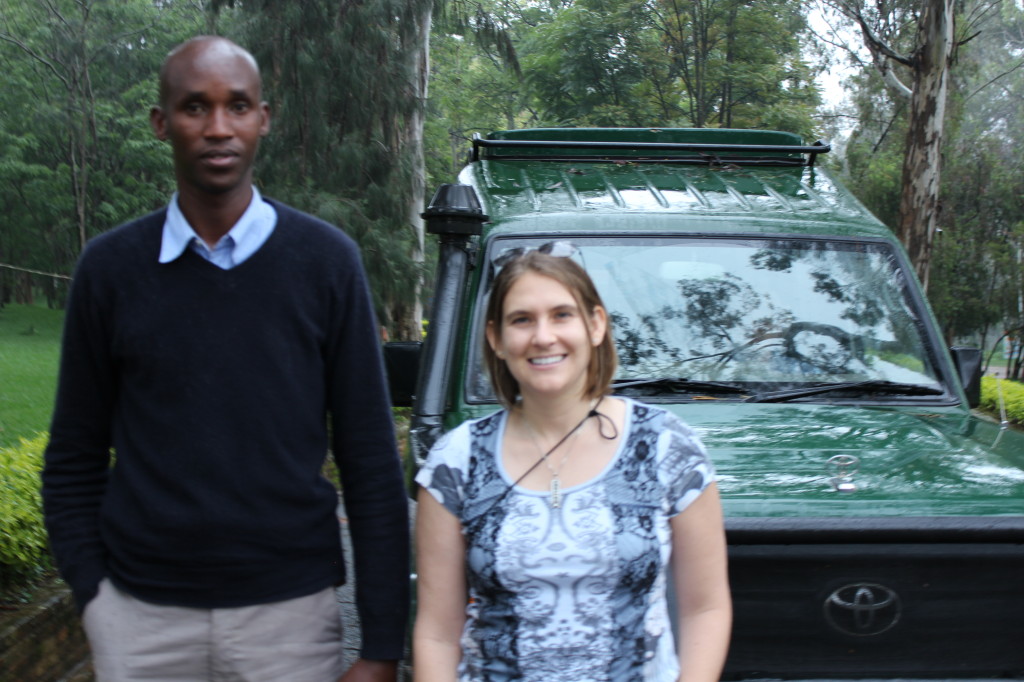 Not only did he tell us all about the originally Belgium-built university of 14,000 students, but we got to go off-roading in the Jeep, in the rain, through the arboretum. There were bizarre juxtapositions like eucalyptus from Australia growing next to redwood from the Congo.
Not only did he tell us all about the originally Belgium-built university of 14,000 students, but we got to go off-roading in the Jeep, in the rain, through the arboretum. There were bizarre juxtapositions like eucalyptus from Australia growing next to redwood from the Congo.
Better still was William’s story and ambition. He’s a wantrepreneur from the Ruhengeri region of Rwanda (north), studying economics/business and finance, who sees an opportunity for arbitrage in the cattle trade domestically, for people who demand milk, meat, and hides. He has studied the market patterns and demands of cattle trading and has concluded that he knows how and where to buy low and sell high. Moreover, his brother has successfully been doing this for a number of years and now lives in Canada, so we think it may be part of a family business. William is very interested in visiting Texas to inspect the cattle there, and was shocked when Leslie explained that cattle in Vermont had to be moved indoors in the winter to protect them from the snow. We got all this through part English part French part Swahili….and a lot of gesturing. Not bad, eh?
That was the day in a nutshell. Our hotel in Butare (the Ibis) is a dive and the people are very nonchalant. Robert says that’s due to intrinsic shyness and tendency to be aloof and keep to oneself, which developed after the Civil War and genocide.
Since there really were very few pictures to take of Butare, and since it was raining with poor visibility, I’m including a few winners from the the morning photo walk at Lake Tanganyika.
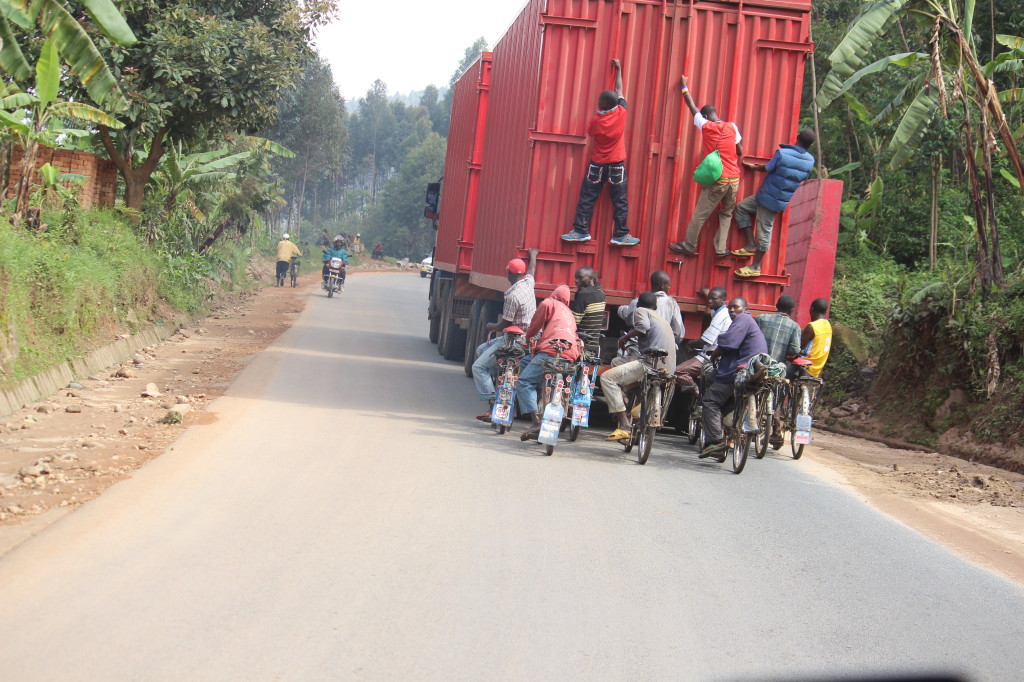
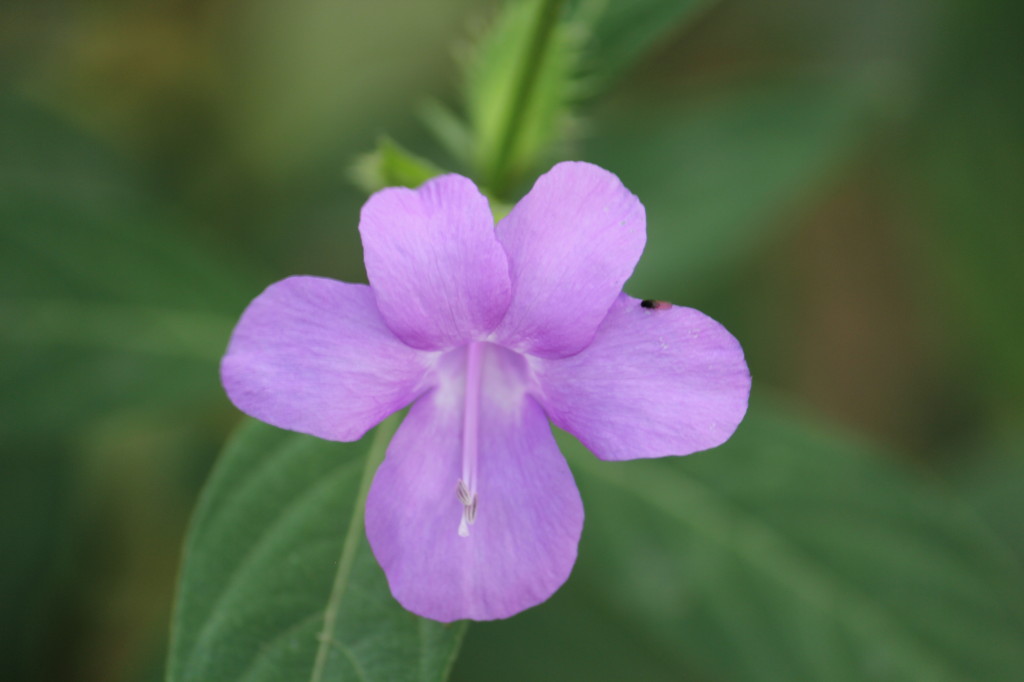
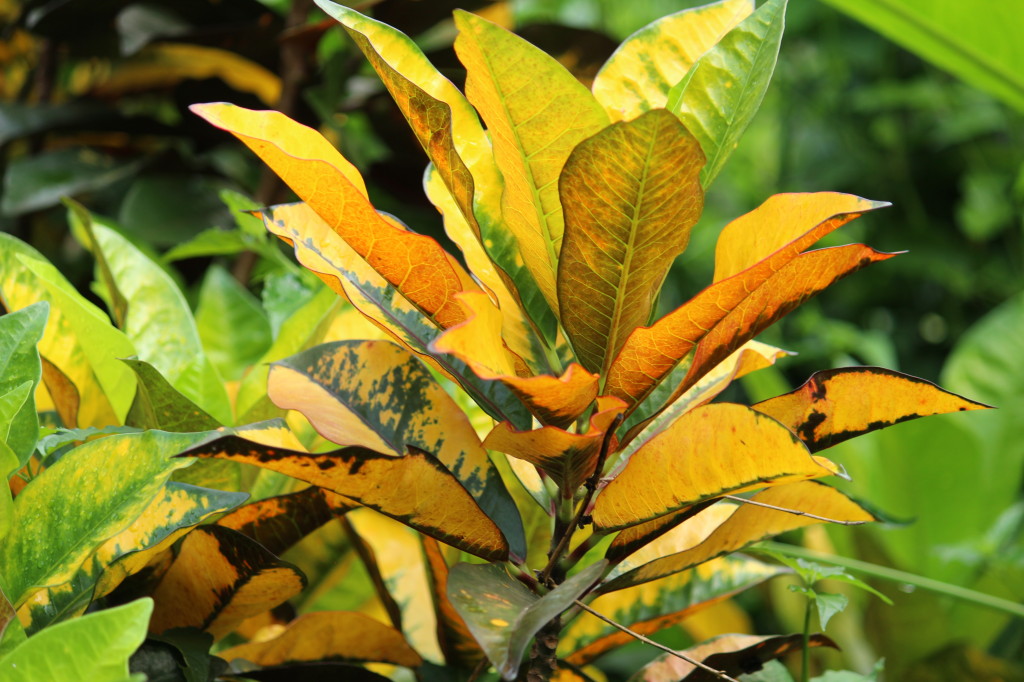
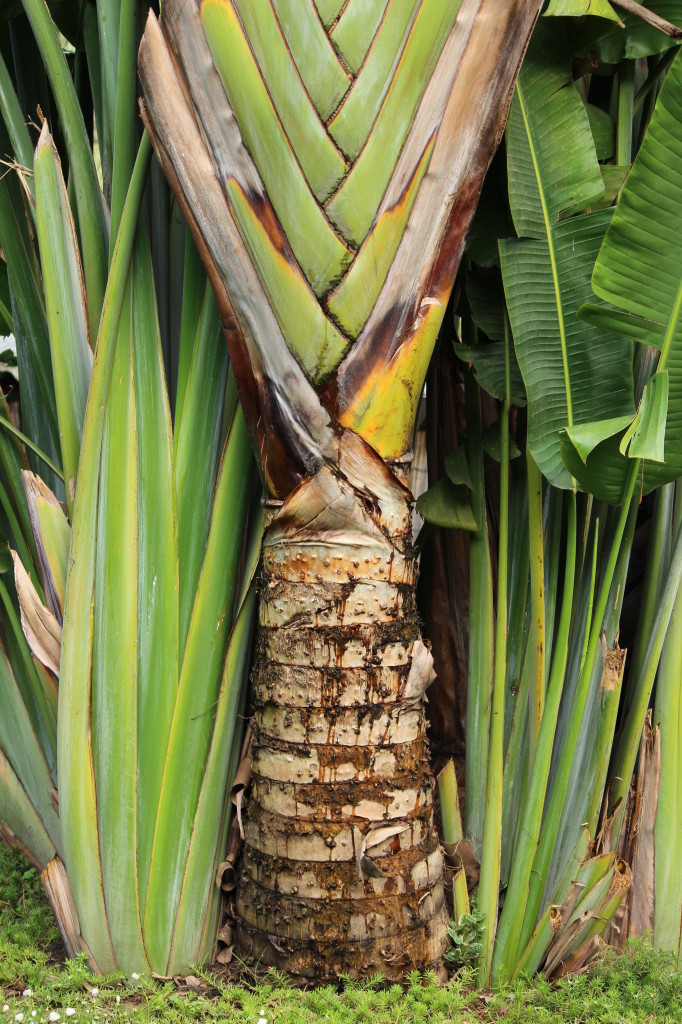
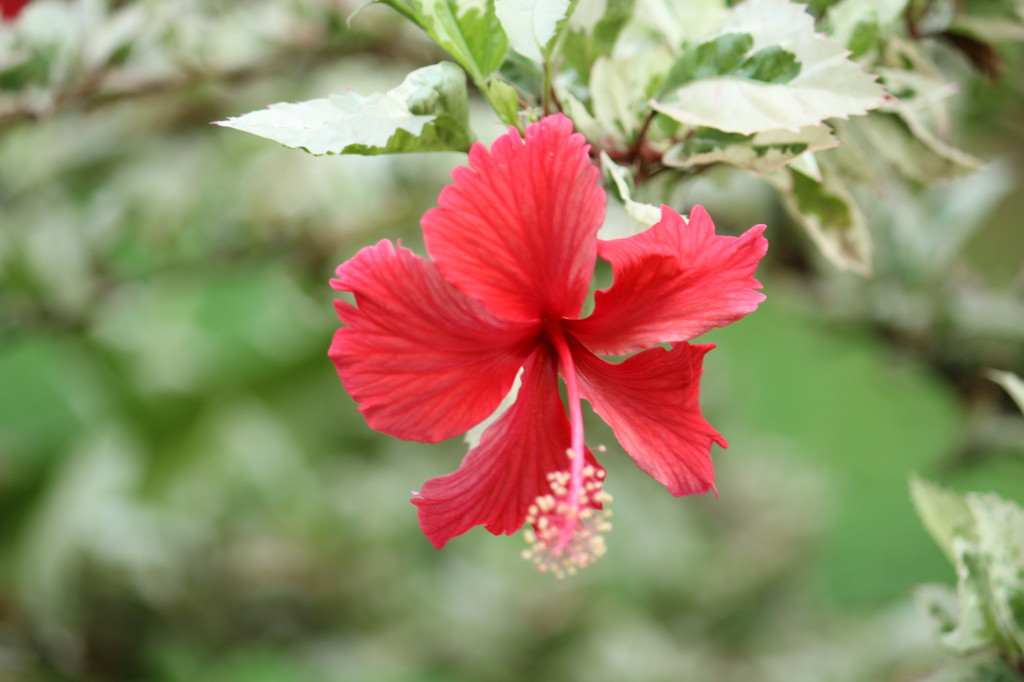
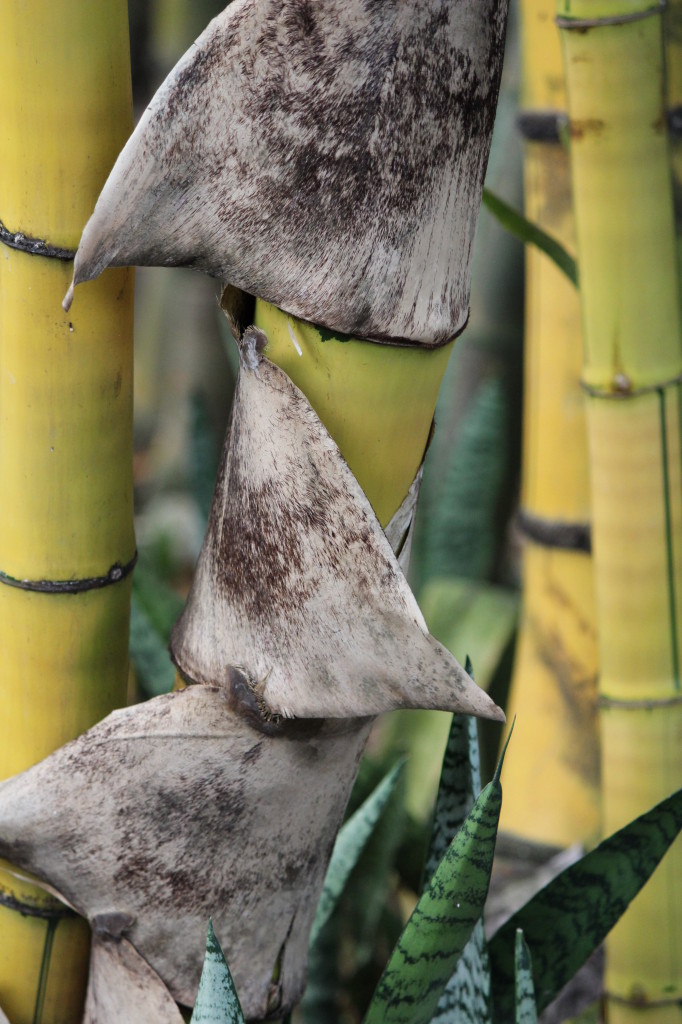
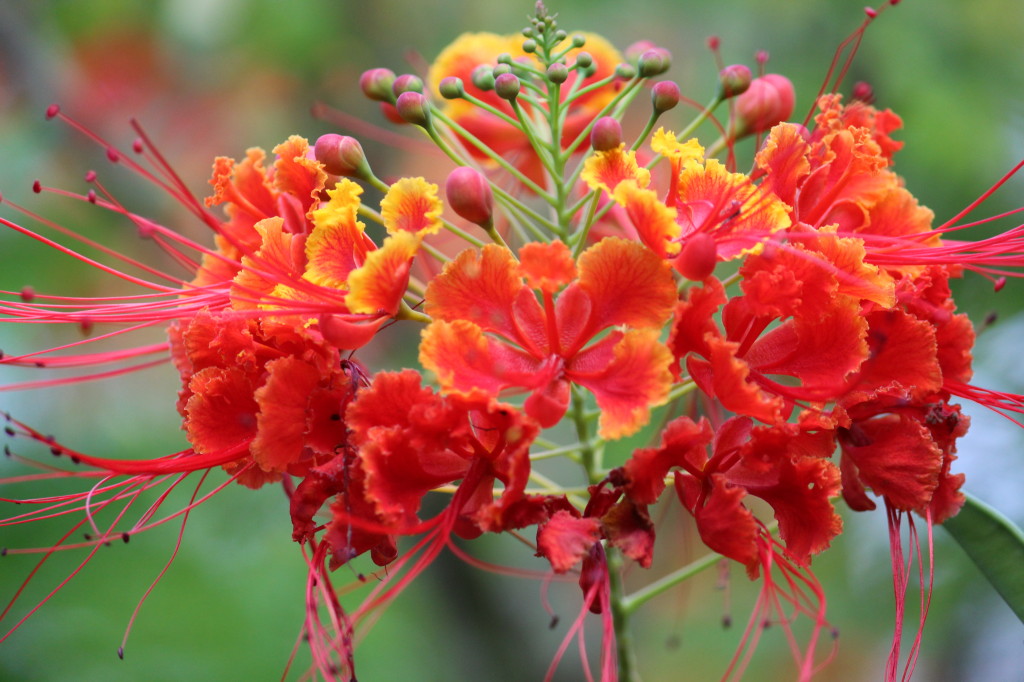
2 responses to “Day 2 in Africa – Bujumbura to Butare”
Nice! Safe travels be well.
fantastic!